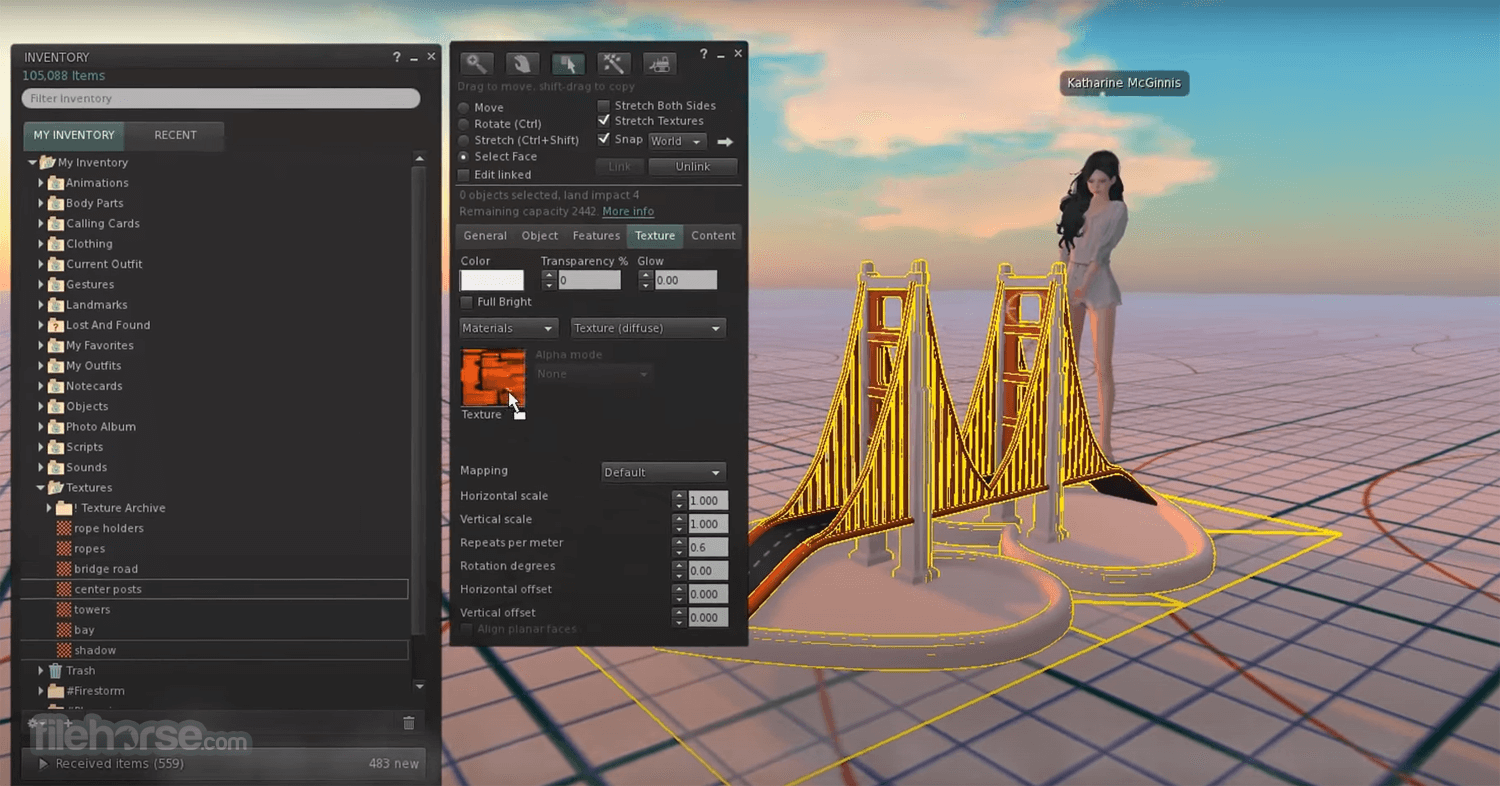

To create an AVD, seeĮach AVD functions as an independent device, with its own private storage for To effectively test your app, you should create an AVD that models eachĭevice on which your app is designed to run. Specify the Android version and hardware characteristics of the simulatedĭevice. Create an Android Virtual DeviceĮach instance of the Android Emulator uses an Android virtual device (AVD) to In this case, consider testing on a physical device instead byįollowing the guidance at Run apps on a hardware device. If you don’t have these specs, the emulator might still run, but it probably Note: If you're using a ChromeOS operating system, check the devices that

This page covers the steps to set up and explore your virtual testingĮnvironment in more detail.

In most cases, the emulator is the best options for your testing needs. To the emulator than to a device connected over USB. For example, you can transfer data faster Speed: Testing your app on the emulator is in some ways faster and easier Rotation and other hardware sensors, access the Google Play Store, and much

Specify the location of the device, simulate different network speeds, simulate You can simulate incoming phone calls and text messages, High fidelity: The emulator provides almost all of the capabilities ofĪ real Android device. Various Android phone, tablet, Wear OS, and Android TV devices. The emulator offers these advantages:įlexibility: In addition to being able to simulate a variety of devicesĪnd Android API levels, the emulator comes with predefined configurations for Test your application on a variety of devices and Android API levels without The Android Emulator simulates Android devices on your computer so that you can


 0 kommentar(er)
0 kommentar(er)
